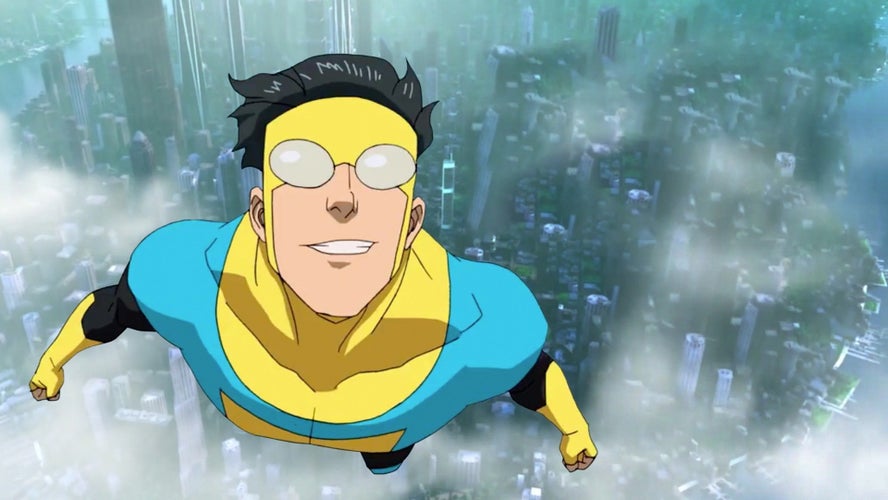In the world of superheroes, a genre often filled with capes and saving the day, “Invincible” emerges not just as another story about a hero, but one filled with complex characters and new narratives. Created by Robert Kirkman, the mind behind “The Walking Dead,” this animated series changes the traditional norms of the genre, inviting viewers into a world where the lines between right and wrong, hero and villain, are not just blurred but often invisible.
At first glance, “Invincible” might seem to be familiar. It’s a story about Mark Grayson, a teenager who inherits incredible powers from his father, Omni-Man, a Superman-type figure. But this is just a mask, one that slowly cracks to reveal a mix of morality, identity, and the often-painful journey of coming of age. This transition from the familiar to the uncharted is what sets “Invincible” apart in the saturated arena of superhero media.
One of the most striking aspects of “Invincible” is its unflinching commitment to realism within its fantastical setting. Violence and its consequences are portrayed with a darkness that’s rare in the genre. When battles ensue, they leave real, lasting scars, both physically and emotionally. This isn’t violence for the sake of spectacle; it’s a narrative device that shows the weight and reality of being a hero. It reminds viewers that every punch thrown and every building toppled has consequences.
Beyond the physical, “Invincible” delves deep into the psychological and emotional landscapes of its characters. Mark Grayson’s journey isn’t just about mastering his abilities; it’s an exploration of growing up, how complex relationships are, and the burden of expectations. His struggles are relatable, grounded in the realities of adolescence and family dynamics, set in an over-the-top world. This relatability extends to other characters as well, each richly developed, with motivations and flaws that make them more than just archetypes, but as reflections of real people.
Then there’s the narrative structure of “Invincible,” which continually defies expectations. It’s a story that doesn’t hesitate to take risks, removing genre norms and audience predictions. Just when you think you’ve grasped the direction of the storyline, it pivots, introducing new layers and dimensions. This unpredictability isn’t just for shock value; it’s proof that the show’s storytelling is both authentic and compelling.
The thematic depth of “Invincible” is another area where the show distinguishes itself. It’s not content with the black-and-white morality often associated with superhero tales. Instead, it goes into the gray areas, posing difficult questions about justice, power, and the price of security. These themes resonate beyond the screen, prompting viewers to reflect on the broader results in our world.
“Invincible” also stands out in its visuals The animation style, vibrant and expressive, bridges the gap between classic comic book aesthetics and modern animation techniques. This visual flair is complemented by a carefully curated soundtrack and sound design, which enhances the emotional and narrative impact of each scene.
Moreover, the series pays homage to its comic book roots while forging its path. It respects the source material, retaining its essence, but isn’t afraid to diverge for the sake of the story it wants to tell. This balance between loyalty to the original and the pursuit of a unique narrative path is a delicate one, and “Invincible” navigates it with greatness.
In a cultural landscape often dominated by superhero blockbusters, “Invincible” is a reminder of the power of episodic storytelling. It allows for a slower, more thoughtful exploration of characters and themes, something that’s often lost in the rush of a two-hour movie. This pacing, coupled with the creative freedoms afforded by the animated format, enables the show to go into narrative territories that live-action adaptations might shy away from.
“Invincible” is more than just another superhero show. It’s a show filled with unique characters, moral ambiguities, and boldness that sets it apart. It challenges viewers to reconsider what they know about heroism, power, and the consequences of both. In a genre that can sometimes feel stagnant, “Invincible” is a breath of fresh, blood-spattered, air.
This series is not just a watch; it’s an experience. It’s a journey through the highs and lows of heroism, the complexities of human nature, and the endless gray areas in between. It’s a testament to the storytelling potential of the superhero genre, a potential that’s often overlooked but, as “Invincible” shows, is waiting to be unleashed.


